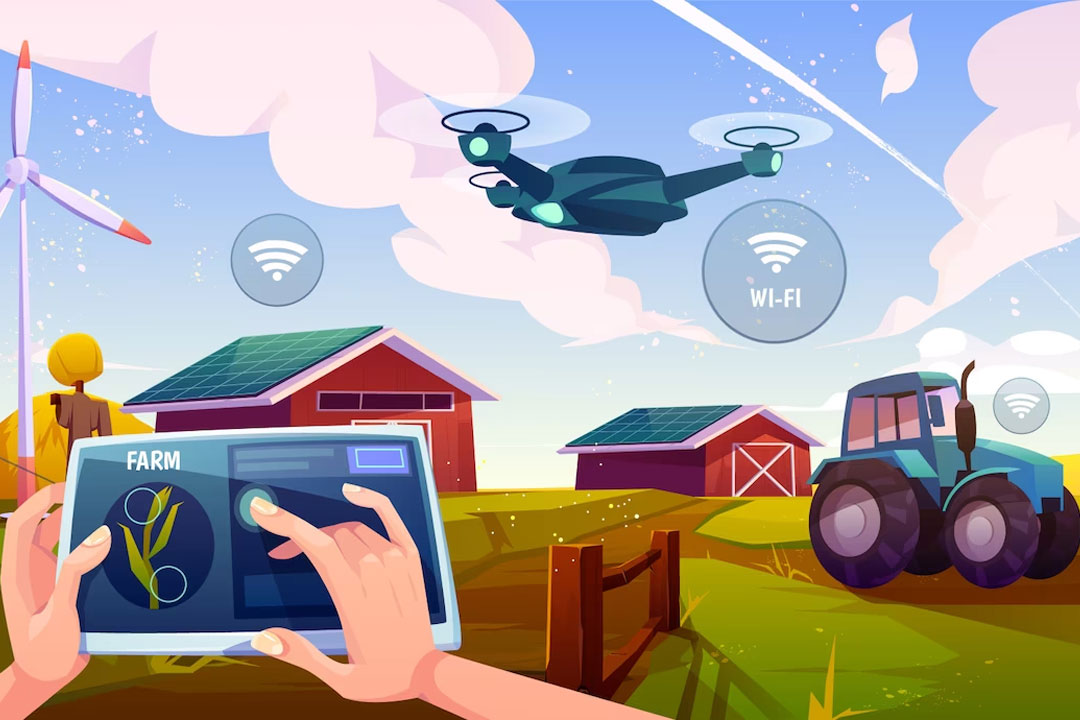
Agriculture is the backbone of many African economies, and farmers rely on various methods to increase their crop yield and minimize crop loss. One of the most important methods is disease and insect modelling and forecasting services. These services allow agronomists to monitor climate-driven incidents for accurate and timely recommendations, block and field specific recommendations, recommend on the most suitable type of application, and interact with the grower. This article will explore how disease and insect modelling and forecasting services in Africa can help farmers with examples.
- Monitor climate-driven incidents for accurate and timely recommendations: Disease and insect modelling and forecasting services allow agronomists to monitor climate-driven incidents, such as droughts, floods, and heatwaves. These incidents can have a severe impact on crop yield and quality. By monitoring these incidents, agronomists can provide accurate and timely recommendations to farmers on how to adjust their crop management practices. For example, if a drought is expected in a particular region, agronomists can advise farmers to plant drought-tolerant crop varieties or adjust irrigation schedules to conserve water.
- Block and field specific recommendations: Disease and insect modelling and forecasting services also provide block and field specific recommendations. These recommendations are based on the unique characteristics of each farm, such as soil type, topography, and crop history. By tailoring recommendations to each farm, agronomists can provide more accurate and effective solutions. For example, if a particular field has a history of insect infestations, agronomists can recommend the use of insect-resistant crop varieties or the application of targeted insecticides.
- Recommend on most suitable type application: Disease and insect modelling and forecasting services can recommend the most suitable type of application for pest and disease control. This includes the use of chemical pesticides, biopesticides, and integrated pest management (IPM) strategies. By recommending the most suitable type of application, agronomists can minimize the environmental impact of pest and disease control while ensuring effective control measures. For example, if a particular pest can be controlled using IPM strategies, agronomists can recommend the use of cultural practices such as crop rotation or the use of natural enemies to control the pest.
- Interactive with grower: Disease and insect modelling and forecasting services are interactive with the grower. This means that farmers can receive real-time recommendations and support from agronomists. This interaction is particularly important in the case of emerging pest and disease outbreaks, where quick action is required to minimize crop loss. For example, if a new pest is identified in a particular region, agronomists can quickly alert farmers and provide recommendations on how to control the pest.
- Use current and forecasted weather for modelling: Disease and insect modelling and forecasting services use current and forecasted weather for modelling. This allows agronomists to predict the likelihood of pest and disease outbreaks and provide recommendations on control measures. For example, if a particular pest thrives in warm and humid conditions, agronomists can predict the likelihood of a pest outbreak during a particular season and provide recommendations on how to control the pest.
- Numerous models on various crops: Disease and insect modelling and forecasting services have numerous models on various crops. These models are based on extensive research and data analysis and are continually updated to reflect changing pest and disease patterns. For example, the Fall Armyworm (FAW) is a new pest that has recently emerged in Africa and has become a significant threat to maize crops. Disease and insect modelling and forecasting services have developed models to predict the likelihood of FAW outbreaks and provide recommendations on control measures.
Conclusion: Disease and insect modelling and forecasting services are essential tools for African farmers to minimize crop loss and increase crop yield. By monitoring climate-driven incidents, providing block and field-specific recommendations, recommending the most suitable.


















